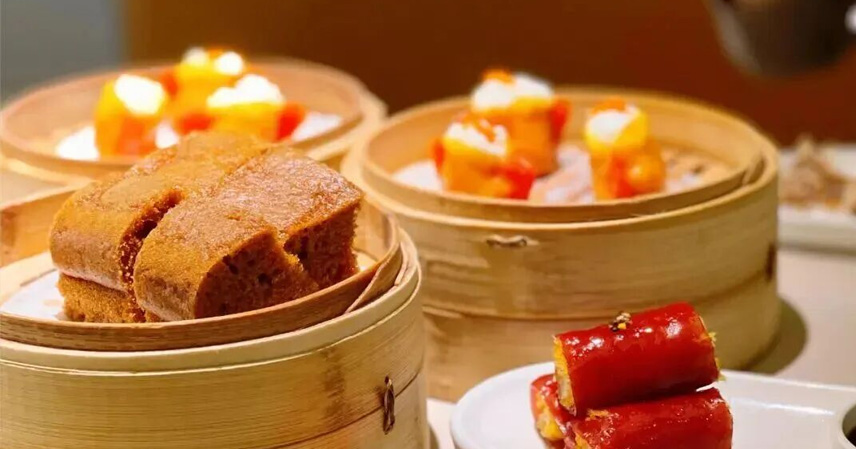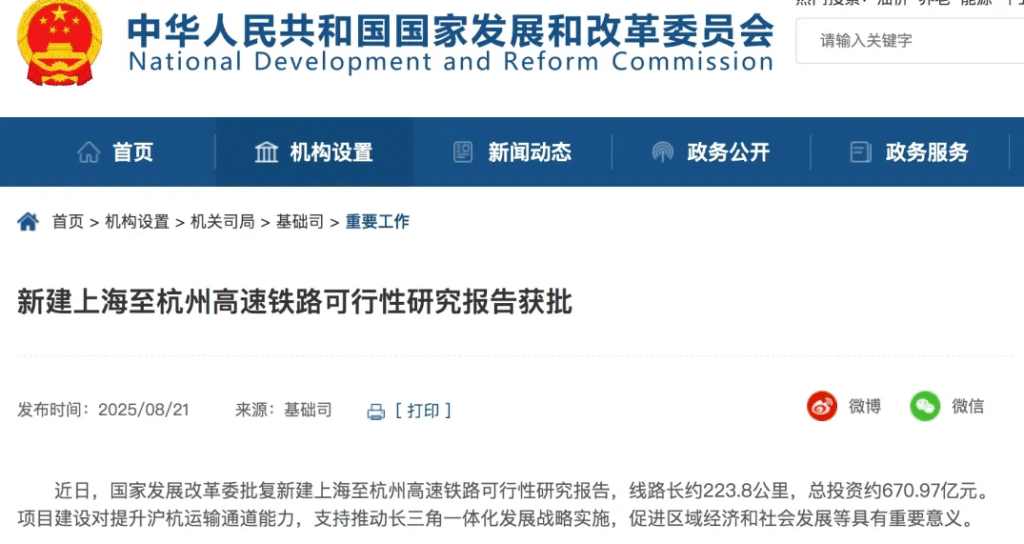Recently, Luo Yonghao took to Weibo to lash out at Xibei, accusing the restaurant of serving “a table full of pre-made dishes at sky-high prices.” His comments instantly pushed the debate over “pre-made dishes” into the spotlight. Xibei responded quickly, claiming that all dishes were freshly prepared and even published its “operation manuals” as proof. Both sides stood firm, and the dispute quickly escalated.
What surprised many was Luo’s further claim that even Cantonese dim sum in traditional tea houses often involves pre-made steps.
The debate soon went viral. Some applauded Luo for speaking out on behalf of consumers. Others defended the restaurant industry, arguing that pre-made dishes are simply a matter of standardization and cost control.
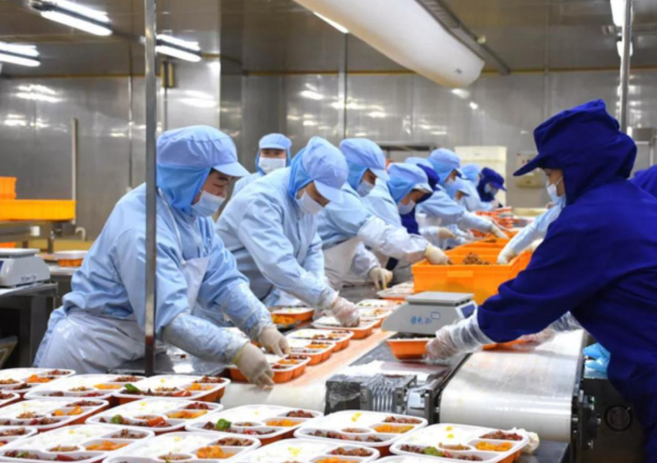
But where exactly is the fault with pre-made dishes? Is it about hygiene? Hidden health risks? Compromised taste? Or just the collapse of consumer trust? To answer these questions, we need more than emotional arguments.
How Should Pre-Made Dishes Be Defined?
To understand why pre-made dishes spark such fierce debate, we must first recognize how different groups perceive them.
For consumers, “pre-made” often means “not fresh,” tied to associations with “additives” and “fake craftsmanship.” In their minds, “freshly stir-fried or steamed” provides visible reassurance. If they don’t see chefs cooking on the spot—even if the food was only pre-marinated or delivered frozen—many will automatically label it as “pre-made.”
For the restaurant industry, pre-made is part of standardization. Central kitchens, uniform recipes, and cold-chain logistics exist to cut costs, reduce waste, and ensure consistent flavor. Without such measures, large-scale chain restaurants would struggle to survive.
For policymakers, however, “pre-made dishes” have a strict definition: food that is pre-processed, packaged, and transported, to be reheated or cooked before serving. By this definition, preserved sausages, vacuum-packed pickles, and bagged braised meats all count as pre-made.
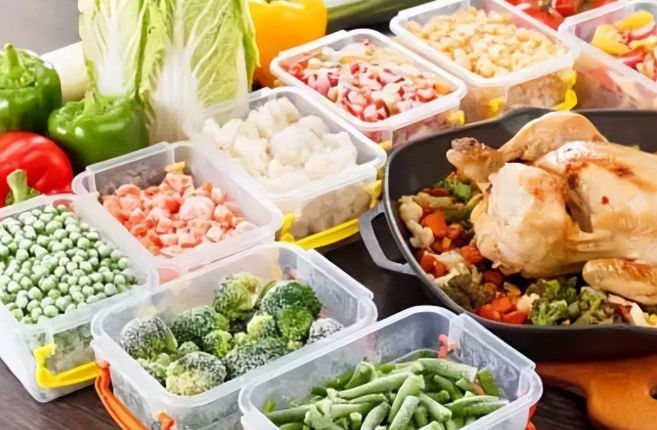
As some industry insiders explain:
“Pre-made dishes are not a new invention—they are just a natural extension of food processing and industry segmentation. From farm to table, every step involves some degree of pre-processing. For instance: live pig → pork carcass → pork tenderloin → shredded pork → marinated shredded pork → stir-fried shredded pork → spicy shredded pork with peppers → plated dish. At which point does it officially become ‘pre-made,’ and which steps don’t count?”
Clearly, pre-made dishes are not a black-and-white concept but exist along a spectrum.
Because these three perspectives rarely overlap, what the industry sees as a “normal supply chain,” consumers perceive as a “mysterious black box.” This disconnect lies at the root of the heated debate.
Are Pre-Made Dishes Really Tasteless?
For many people, the phrase “pre-made” immediately triggers associations with “unsanitary,” “unhealthy,” or “bad-tasting.” But if we examine these concerns separately, the reality looks more nuanced.
Pre-made dishes produced in industrial facilities are often cleaner than the kitchens of small eateries. They rely on cold-chain logistics and vacuum packaging, making food safety more controllable. Ironically, the real risks often arise during storage and reheating at the restaurant.
Health risks depend on ingredients. Excessive salt, oil, or preservatives are the real problems—but these are not inherently linked to being pre-made.
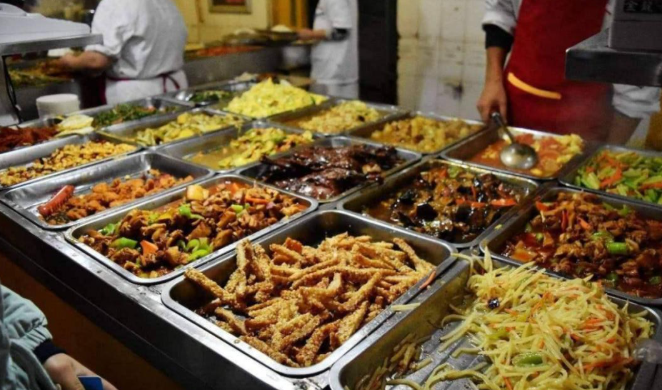
Pre-made techniques are well-suited for foods that improve with time, like braised or stewed dishes. But for foods requiring delicate timing and textures, such as stir-fried greens or dim sum wrappers, critical steps must be done on the spot—or the quality suffers noticeably.
In reality, consumer dissatisfaction often comes from multiple overlapping factors: some care about price, others about wok hei (aroma of stir-frying), some distrust long storage times, and others worry about additives or plastic packaging. When these concerns get mixed together, discussions easily devolve into confusion and noise.
In short, pre-made dishes are not “inherently guilty.” The issue lies in where and how they are applied, and whether they fit the culinary process of the dish.
Does “Freshly Made” Really Matter?
Even if people understand that pre-made food doesn’t always mean unsafe or unappetizing, many consumers still insist that only watching a chef chop, fry, or steam in front of them counts as “real skill.” This belief is shaped as much by psychology and culture as by taste.

From a psychological standpoint, food safety often comes from visibility. Watching ingredients hit the wok or seeing steam rise from the dim sum basket makes diners feel reassured. In contrast, a vacuum-sealed bag reheated in a microwave creates suspicion of being “fooled.”
From a cultural perspective, especially in southern China, tea drinking and dim sum are as much about social rituals as eating. The sight and smell of steaming baskets pushed across a tea house are part of the experience. If critical steps are outsourced to unseen factories, even if the flavor doesn’t change much, the cultural “experience” vanishes.
Thus, consumer insistence on “freshly made” reflects a demand for trust and cultural authenticity, not just picky palates.
The Survival Logic of the Restaurant Industry
From the consumer’s view, pre-made food looks like a shortcut for restaurants to cut costs and maximize profits. But from the restaurant’s perspective, it is often a survival necessity.
China’s restaurant industry typically operates at a slim net profit margin of just 3–5%, far lower than most industries. Rent, labor, and ingredients are the “three heavy burdens” every chain must bear. For a large brand like Xibei, opening outlets in prime city locations while paying thousands of employees is a huge financial strain.
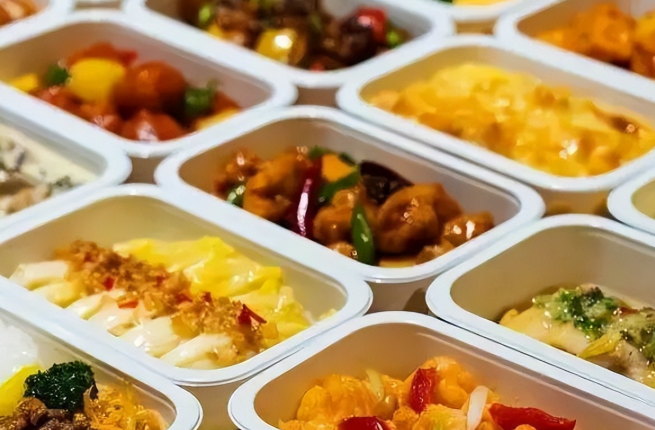
In this environment, pre-made food is less about “profit gouging” and more about reducing food waste, lowering kitchen labor costs, increasing speed, and ensuring consistent flavor. Without such measures, many brands—including Xibei, Haidilao, and Meizhou Dongpo—might not survive at all.
After three years of pandemic damage, many small restaurants are still struggling. New burdens, such as stricter social insurance enforcement, have only added to their pressure. Under these conditions, without relief, businesses will inevitably lean more heavily on pre-made solutions, further fueling consumer mistrust.
Thus, understanding pre-made dishes requires looking beyond price tags to the underlying cost structures and policy environment.
How to Move Beyond the Blame Game
Debates around pre-made food often spiral into emotional tug-of-wars: consumers accuse restaurants of “cutting corners,” while restaurateurs argue they “can’t survive without it.”
If this continues, the entire dining ecosystem will suffer. The real question is how to find a healthier balance.

First, transparency. Restaurants should openly label which steps are done in central kitchens and which are finished in-house. For example, a basket of shumai could be marked as “filling prepared centrally; wrapping and steaming done on-site.” This level of clarity builds more trust than vague claims like “freshly made” or “not pre-made.”
Second, offering choices. Not all diners demand fully fresh preparation. Restaurants could design tiered menus: a standard version for efficiency and affordability, and a premium “craft” version with all steps done on-site at a higher price. Consumers will choose according to their needs.
Third, clearer rules. Industry associations and regulators should establish unified standards, clarifying what counts as pre-made and what requires labeling. With clearer definitions, “talking past each other” can be avoided, and good practices won’t be drowned out by bad actors.
Fourth, easing industry burdens. While enforcing food safety and consumer rights, policymakers must also consider ways to reduce operational pressures on restaurants. Without such support, businesses will only rely more heavily on pre-made steps, further deepening tensions.
In addition to rules, public education is crucial. Many consumer complaints lump together issues of price, taste, freezing, shelf life, and additives, leading to confusion. With better communication about cold-chain logistics, additives, and standardized processes, much of this fear could be eased.
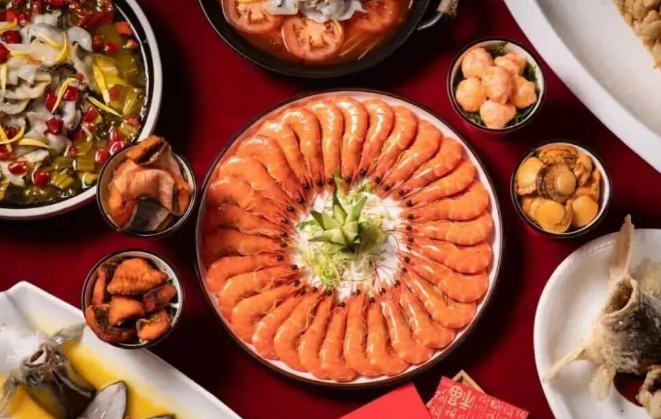
Would You Pay Extra for “Freshly Made”?
Returning to the central question: is pre-made food inherently wrong? The answer is no. The real issue lies in transparency and trust.
A healthy restaurant ecosystem requires consumer understanding, corporate responsibility, and supportive policies. Perhaps in the future, menus will not only list dish names and prices but also show clear process details. Restaurants could guarantee safety and efficiency without cutting corners under heavy burdens. At that point, “pre-made” would no longer be a dirty word but a rational part of the supply chain.
So, would you pay 10–20% more for dim sum where every critical step is made fresh on-site? Do you care more about flavor, hygiene, price, or transparency? Share your thoughts in the comments!
References:
- Public Weibo posts and statements from Luo Yonghao and Xibei.
- Industry commentary on pre-made food standardization in China.

